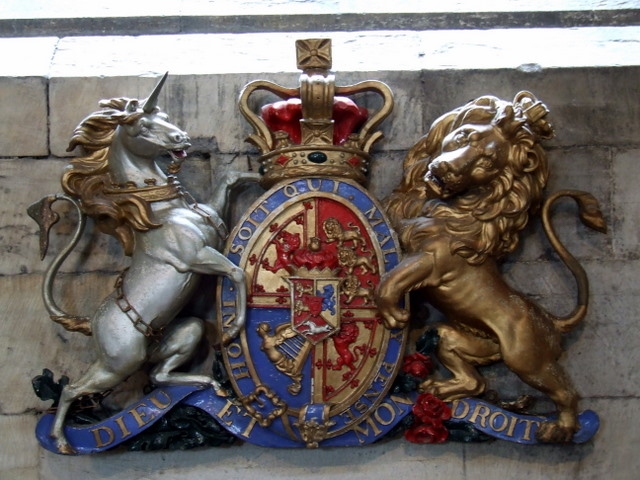The medieval bestiary, one of the few widely read books in the Middle Ages, was based on the work of Physiologus. At some unknown date between the second and fifth centuries AD, Physiologus wrote his book of beasts, into which was bred the factual and fanciful writings of many later authors.
The medieval bestiary made no attempt to differentiate between fact and fancy and its readers easily accepted that a gryphon or unicorn was as real as a lion or a boar.
Although the occasional monster found its way into early heraldry, more commonly found were a wide range of mammals and birds that surrounded people in daily life.
It was not until the fifteenth century and the need to provide for animal supporters that the bestiary became a major source for heraldic design. The need for new crest material was required when the Tudor heralds accepted that crests were appropriate for all those persons or families already bearing arms or those newly created as armigerous gentlemen. Before this time, crests had been in limited use and the majority of shields of arms had been borne without them.
A host of compound creatures, combining parts of several different animals and, at times, humans appeared as heraldic devices. There was no pretense at this time that the creature existed, but each creature had a definite function – to denote a quality or describe an attribute in pictorial terms.
Next page: Dictionary of fabulous beasts as heraldic symbols

Animals, especially lions and eagles, feature prominently as heraldic charges. Some differences may be observed between an animal's natural form and the conventional positions into which heraldic animals are contorted ... Read more at Wikipedia.